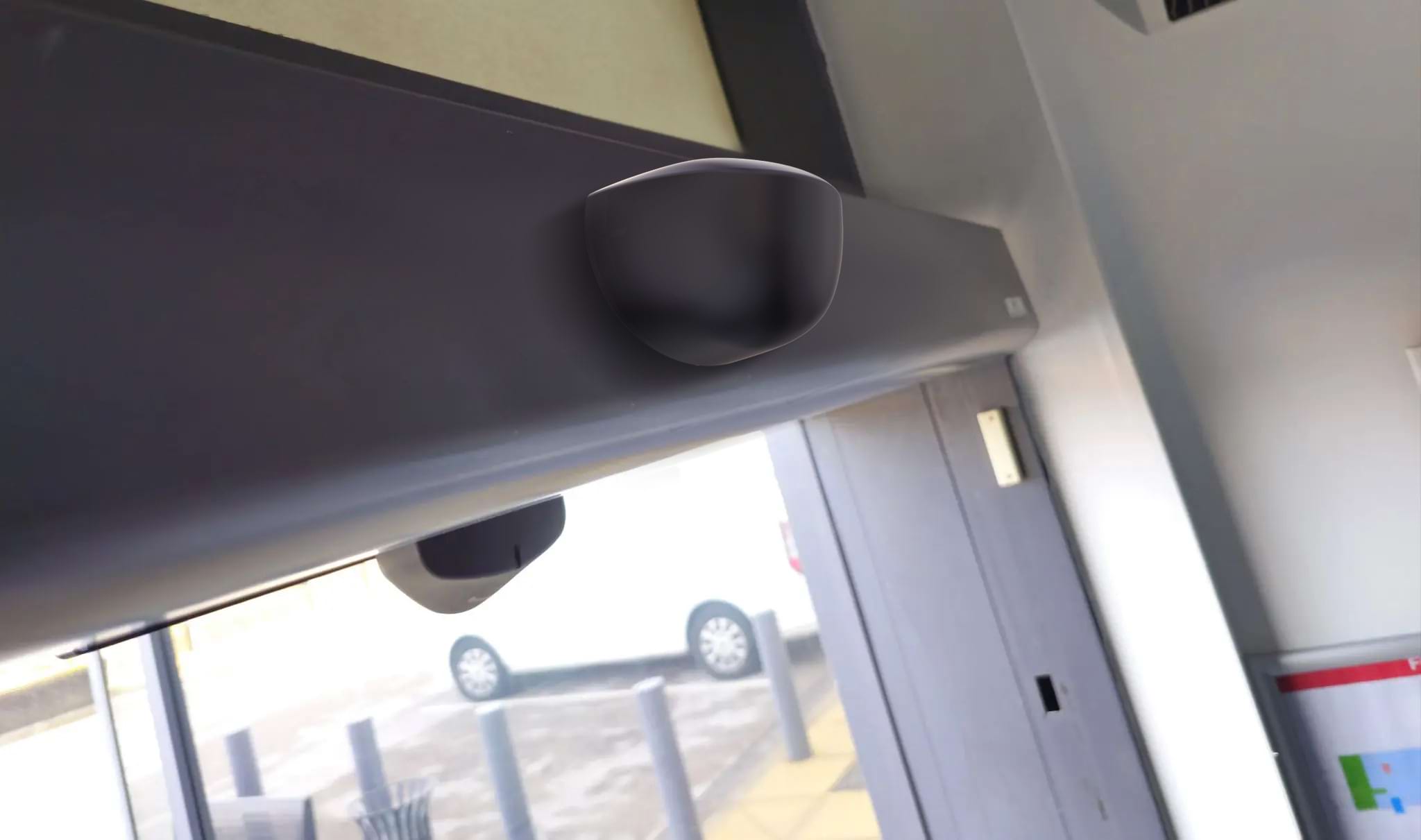How Automatic Door Sensors Work Reliably Under Various Environmental Conditions (Such as Extreme Temperatures, Humidity, Dust, etc.)
To ensure that automatic door sensors work reliably under various environmental conditions such as extreme temperatures, humidity, dust, etc., manufacturers typically take the following measures:
 1. Use of High-Quality Materials
1. Use of High-Quality Materials
Temperature-Resistant Materials: Choose materials that can withstand extreme temperatures, such as specialized plastics and metals. These materials do not become brittle in low temperatures and do not deform or melt in high temperatures.
Waterproof and Dustproof Design: Employ sealing materials and designs that meet IP (Ingress Protection) ratings to ensure the sensor is unaffected by high humidity and dusty environments. Common protection ratings like IP65 and IP67 indicate that the sensor is protected against dust and water ingress.
2. Advanced Sensor Technology
Infrared Sensors: Use infrared sensors to reduce false alarms caused by temperature changes, as infrared technology is less sensitive to temperature fluctuations.
Microwave Sensors: Microwave detection technology is less affected by environmental temperature and humidity, allowing for stable operation under extreme conditions.
3. Protection of Electronic Components
Encapsulation of Electronic Components: Encapsulate key electronic components with protective coatings and moisture-resistant adhesives to prevent moisture and dust from entering.
Heat Dissipation Design: In high-temperature environments, design effective heat dissipation systems to prevent electronic components from overheating.
4. Temperature Compensation Function
Automatic Temperature Compensation: Equip sensors with automatic temperature compensation functions that adjust detection parameters as temperatures change, ensuring detection accuracy and reliability.
5. Environmental Adaptability Testing
Environmental Simulation Testing: During product development, conduct a series of environmental simulation tests, including high and low temperature tests, humidity tests, salt spray tests, and vibration tests to ensure the sensor's stability in harsh environments.
Long-Term Reliability Testing: Perform long-term reliability tests to simulate various environmental conditions in actual use, verifying the product's long-term stability.
6. Lightning and Electromagnetic Interference Protection
Lightning Protection Design: In areas prone to lightning, design sensors with lightning protection circuits to prevent damage from lightning strikes.
Electromagnetic Compatibility Design (EMC): Ensure the sensor has good resistance to electromagnetic interference and is not affected by the external electromagnetic environment.
7. Regular Maintenance and Care
Maintenance Manual: Provide a detailed maintenance manual to guide users on how to clean and maintain the sensor in extreme environments.
Regular Inspection: Advise users to regularly check the sensor's seals and operational status, and to promptly clean off dust and moisture.
By implementing these measures, automatic door sensors can operate reliably under various harsh environmental conditions, ensuring the stable operation and safety of automatic door systems.







